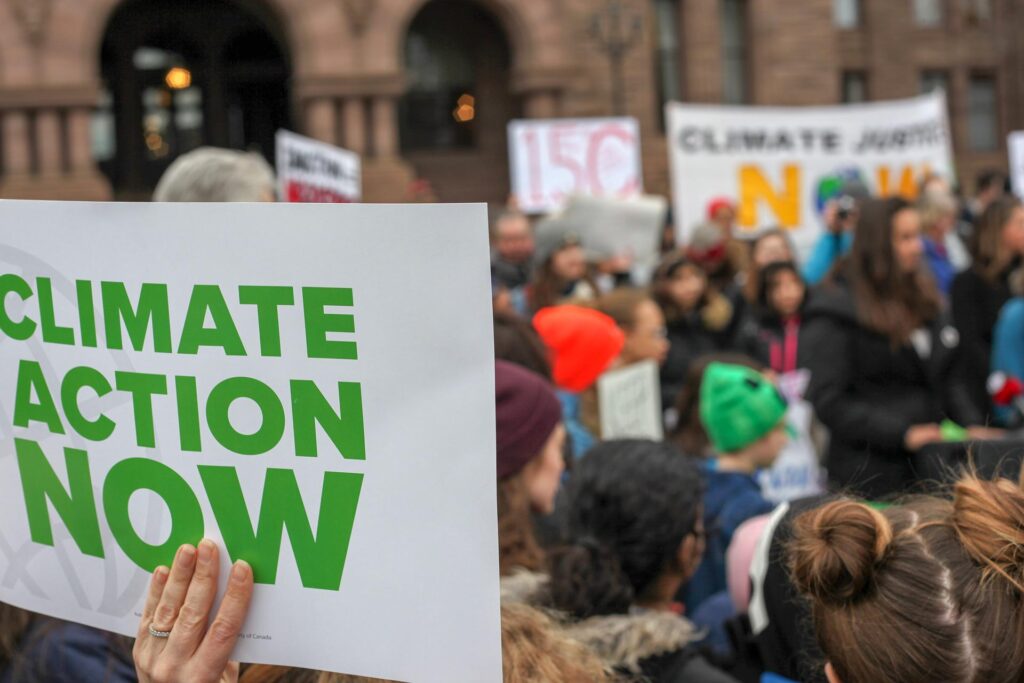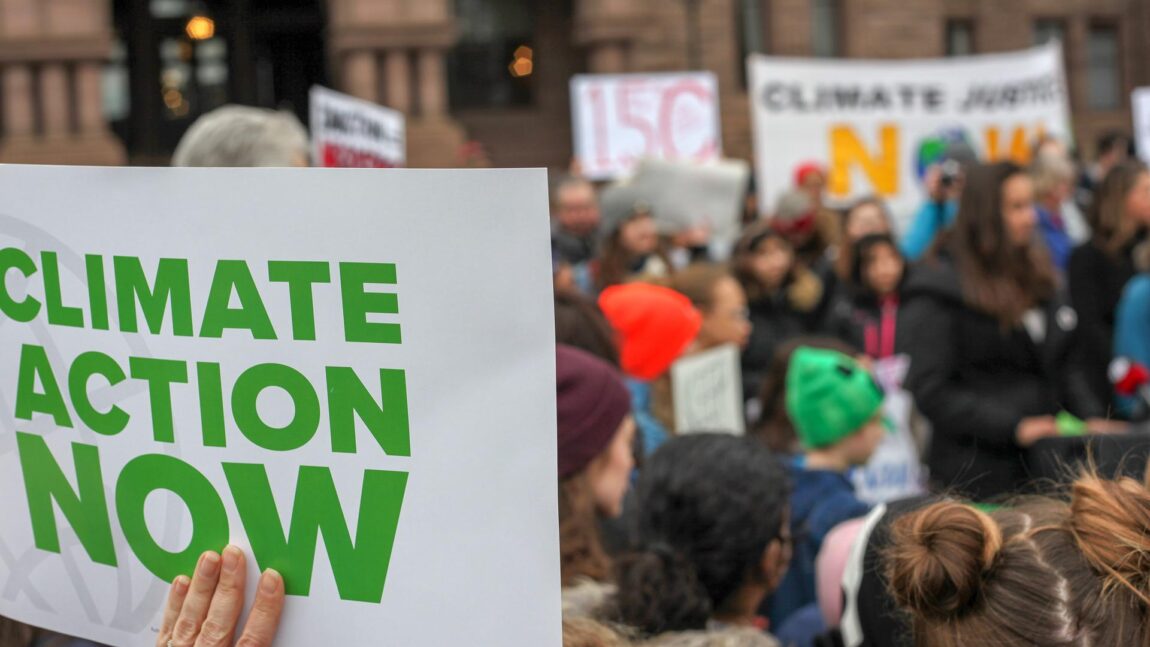
By Varun B. R. & Jaideep Saraswat
In its latest report, the Intergovernmental Panel on Climate Change (IPCC) as part of its sixth Assessment Report (AR6) expounded on various facets of climate change mitigation. Addressing a ‘code-red to humanity’ situation warrants an economic, social, environmental, and technological assessment to pursue concrete pathways to counter the effects of climate change. India being a developing economy, has the challenge to achieve decarbonisation of its emission-intensive sectors whilst balancing a steady GDP growth. In this regard, incorporating findings from IPCC’s report in India’s mitigation strategies becomes critical.
Impact Disparity
Despite lower per capita energy consumption and carbon emissions (2.47 tonnes CO2/capita/year) compared to global averages (6.45 tonnes CO2/capita/year), India is the third-largest Greenhouse Gas (GHG) emitter and accounts for about 7.1 percent of the total global emissions. Unequal emission intensity across sectors needs to be accounted for, and the IPCC report metes out a few focal points which are highlighted in Figure 1.

Figure 1: Disparities in Mitigation Strategies
Efforts to reduce emissions in fossil fuels and industrial processes are yet to break even with the net emission increases from industries, transport, and buildings sector, thereby attributing a major share of emissions to urban areas. The level of household income also affects the level of contribution to GHG emissions. Globally the top 10 percent of households with corresponding high per capita incomes were responsible for a disproportionately large share of total household emissions. The extent of policy coverage of emissions for a sector is observed to correspond to the quantum of financial support extended to the sector. Climate finance trails indicate an uneven distribution across regions and sectors. Consistent with this disparity is the finding that GHG reductions from certain sectors such as the Agriculture, Forestry, and Other Land Use (AFOLU) domain cannot compensate for the delayed action across other sectors and regions.
Enabling Factors
Deep GHG emission reduction and diffusion of low-emission technologies are often challenged by environmental and social impacts. Various barriers at the distribution level further lower the pace of adoption of these new systems. Developing countries face an amplified challenge in the uptake of innovative measures and technologies. In order to strengthen an enabling environment, IPCC recommends a focus on the following: Digitalisation, cross-sectoral policy linkages, and low carbon energy sources and fuels.
Internet of Things, robotics, and artificial intelligence are key to improving energy management across sectors. Apart from increasing energy efficiency, they also promote the adoption of many low-emission technologies whilst creating economic opportunities. In the context of GHG reduction, emphasis should be laid on methane abatement by 2030 and 2040. The transition to low or zero-carbon energy must be supported with Carbon Capture and Storage (CCS) to effect emission reduction and allow for a just transition from fossil-fuel-based sources. Emission-intensive sectors such as shipping and aviation can cut emissions by incorporating alternate fuels (biofuels, synthetic fuels, and low emission hydrogen), provided improvements in their production processes render them environmentally sustainable and cost-effective.
Coordinated cross-sectoral policies and planning are necessary to capitalise on the co-benefits of implementing such strategies in the form of employment opportunities, and biodiversity conservation. These policy linkages are critical to reducing the trade-offs between mitigation and adaptation measures.
Conclusion
As India has put forth the target to be net-zero by 2070, there is an innate need to focus on new and transformative technologies that can enable this target to be achieved. Moreover, the target must act as a frame of reference through which national action around climate change mitigation must be structured and implemented. Another key facet that requires immediate attention is the importance of GHG emissions to peak between 2020 and at the latest before 2025 in global modeled pathways to limit warming to 1.5°C (>50%) with no or limited overshoot. This requires a strong focus on front-loading GHG emission reduction. It will bring other co-benefits of optionality and financial lucrativeness to the table for the Government of India, allowing it to break the inertia of existing economic systems. Something that warrants serious consideration!




